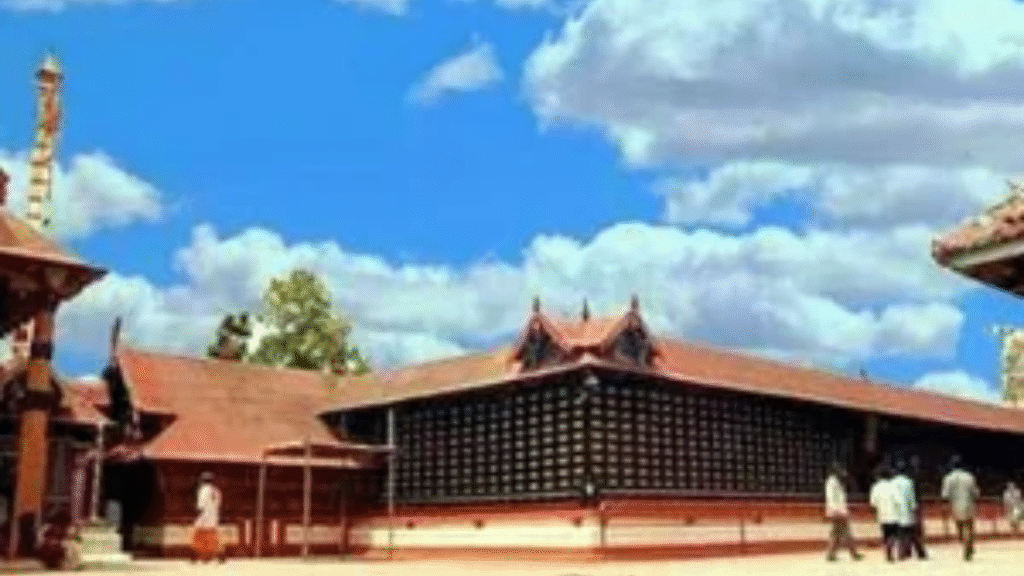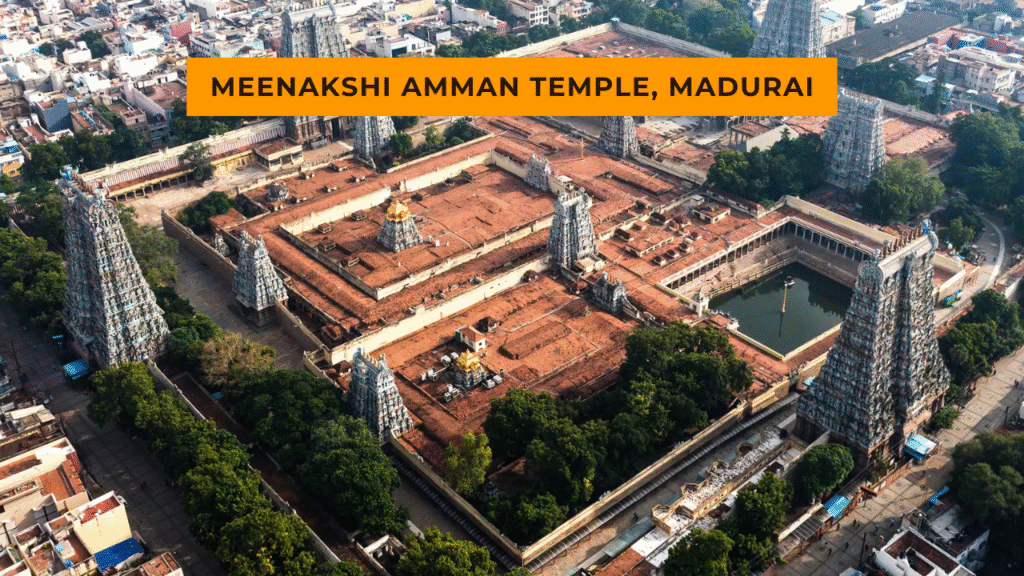The Chottanikkara Bhagavathy Temple, located in the Ernakulam district of Kerala, is one of the most renowned and spiritually significant temples in South India. Dedicated to Goddess Bhagavathy, an incarnation of Mahalakshmi, Saraswati, and Durga, the temple is revered not only as a place of worship but also as a sacred center for spiritual healing. Thousands of devotees from across India visit the temple seeking blessings, mental peace, and relief from ailments. The temple’s spiritual energy, combined with its ancient traditions, makes it a unique destination for both pilgrims and tourists.
| Temple Name | Chottanikkara Bhagavathy Temple |
| Location | Chottanikkara, near Kochi, Kerala |
| Deity | Goddess Bhagavathy (Mahalakshmi), worshipped also as Saraswati and Durga |
| Significance | Renowned for healing mental ailments and removing negative energies; a major Shakti Peetha in Kerala |
| Unique Features | Goddess is worshipped in three forms daily — Saraswati (morning), Lakshmi (noon), Durga (evening) |
| Festivals | Makam Thozhal, Navratri, other Devi festivals |
| Architecture | Kerala-style temple with wooden carvings, tiled roof, and intricate sanctum |
| Belief | Brings mental peace, prosperity, and spiritual strength to devotees |
| Timings | 4:00 AM – 8:00 PM with rituals throughout the day |
| Nearby Attractions | Hill Palace Museum, Vembanad Lake, Kochi city spots |
Historical Background
The origins of the Chottanikkara Temple date back several centuries, though the exact timeline remains uncertain. Legends state that the temple was built by the villagers after the Goddess herself manifested here to protect and bless the people. Historical references suggest that the temple gained prominence during the reign of local chieftains who were ardent devotees of Bhagavathy. Over time, it became one of the most visited temples in Kerala, thanks to its reputation for curing mental illnesses and offering divine protection.
The Deity and Spiritual Significance
The presiding deity, Chottanikkara Devi, is worshipped in three different forms throughout the day:
- Morning: As Saraswati (Goddess of Wisdom) dressed in white.
- Afternoon: As Lakshmi (Goddess of Prosperity) dressed in crimson.
- Evening: As Durga (Goddess of Power) dressed in blue.
This unique tradition symbolizes the three essential aspects of life – knowledge, wealth, and strength. Devotees believe that praying to the Goddess here brings balance in life and removes obstacles.
Healing Traditions and Rituals
One of the most remarkable aspects of the Chottanikkara Temple is its association with healing. The temple is famous for providing relief to those suffering from mental distress, depression, and even what are believed to be spiritual afflictions. Special prayers and rituals are conducted in the presence of the deity, often accompanied by chanting and offerings. The Guruthi Pooja held in the evenings at the Keezhkavu temple (a sub-shrine dedicated to Bhadrakali) is especially known for its power to drive away negative energies.
The temple priests, known for their deep spiritual discipline, follow age-old procedures for these healing rituals, and many devotees claim miraculous recoveries after performing them.
Architecture and Layout
The Chottanikkara Bhagavathy Temple showcases traditional Kerala temple architecture, with intricate wooden carvings, sloping tiled roofs, and a sanctum sanctorum (Sreekovil) that exudes an aura of sanctity. The main shrine is accompanied by smaller shrines dedicated to Lord Shiva, Ganapathy, Dharmasastha, and other deities. The Keezhkavu Bhagavathy Temple, located just a short distance from the main shrine, plays an integral role in the temple’s healing traditions.
The temple’s surroundings are serene, with lush greenery and traditional lamp posts enhancing its spiritual charm. The temple pond is also considered sacred and is often used by devotees for purification rituals before entering the shrine.
Festivals and Celebrations
The Chottanikkara Temple is a hub of vibrant celebrations, with its festivals attracting large crowds every year. The most important festival is the Makom Thozhal, celebrated in the Malayalam month of Kumbham (February–March). According to legend, during this time, the Goddess reveals her full divine form to her devotees, showering them with blessings.
Other major celebrations include Navaratri, which is marked by nine days of devotional rituals, cultural programs, and special poojas. The temple also observes Vrischikam Guruthi, a significant ritual believed to hold immense protective power.
Daily Worship Schedule
The temple opens early in the morning with Nirmalyam (removal of previous day’s flowers and offerings), followed by Abhishekam and other poojas. Throughout the day, the Goddess is adorned in her three different forms, and devotees participate in chanting, singing hymns, and making offerings. The temple closes after the evening Guruthi Pooja, which marks the end of daily rituals.
Beliefs and Miracles
The Chottanikkara Temple is associated with countless stories of miracles and answered prayers. Devotees often testify to receiving relief from chronic illnesses, financial struggles, and family issues after seeking the Goddess’s blessings. The temple’s reputation as a center for mental healing has even attracted international visitors. Many firmly believe that it is not just the rituals but the divine presence of Bhagavathy herself that transforms lives.
Visiting Experience
Visiting the Chottanikkara Temple is a deeply spiritual experience. The rhythmic chants, the fragrance of incense, and the serene atmosphere create an aura of divine presence. Pilgrims often combine their visit with a trip to other nearby temples, such as the Vaikom Mahadeva Temple and Ettumanoor Mahadeva Temple.
The temple is well-connected by road and is about 15 kilometers from Kochi city. Early mornings are considered the best time to visit for a peaceful darshan, though evenings offer the opportunity to witness the powerful Guruthi Pooja.
Practical Information for Devotees
- Dress Code: Traditional attire is recommended. Men usually wear dhoti, while women wear sarees or salwar kameez.
- Offerings: Coconut, flowers, and special pooja items are offered to the Goddess.
- Timings: The temple typically opens around 4:00 AM and closes by 8:00 PM.
- Accommodation: Pilgrim rest houses and hotels are available in and around Chottanikkara.



